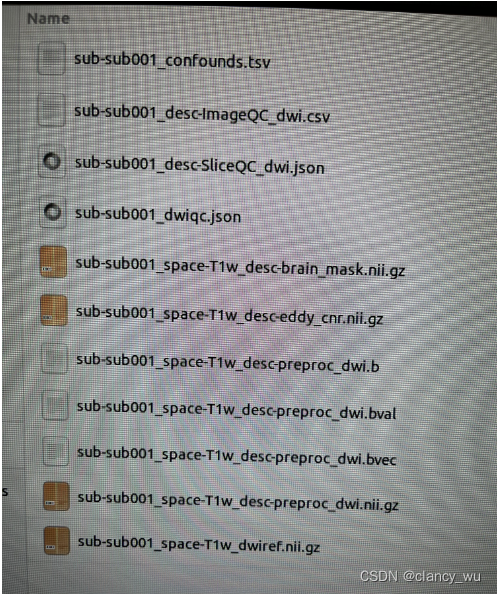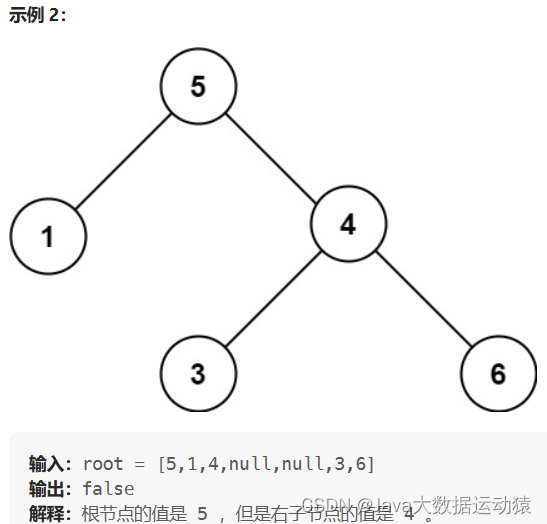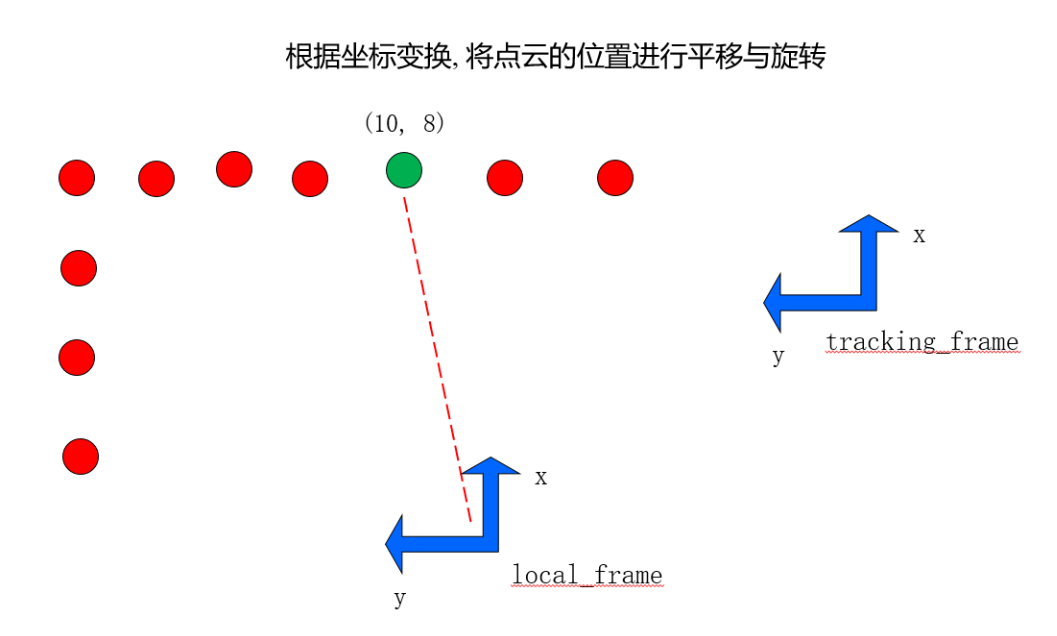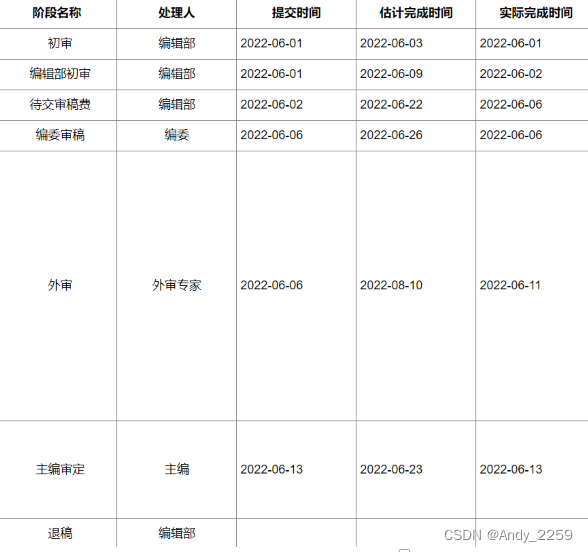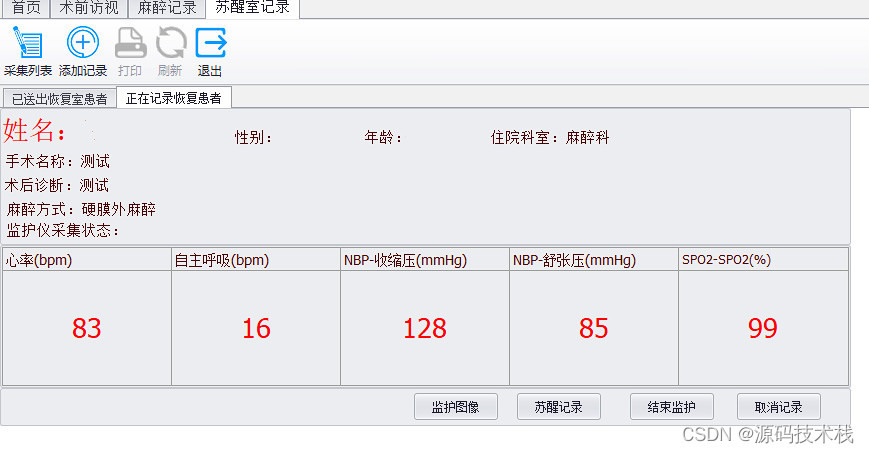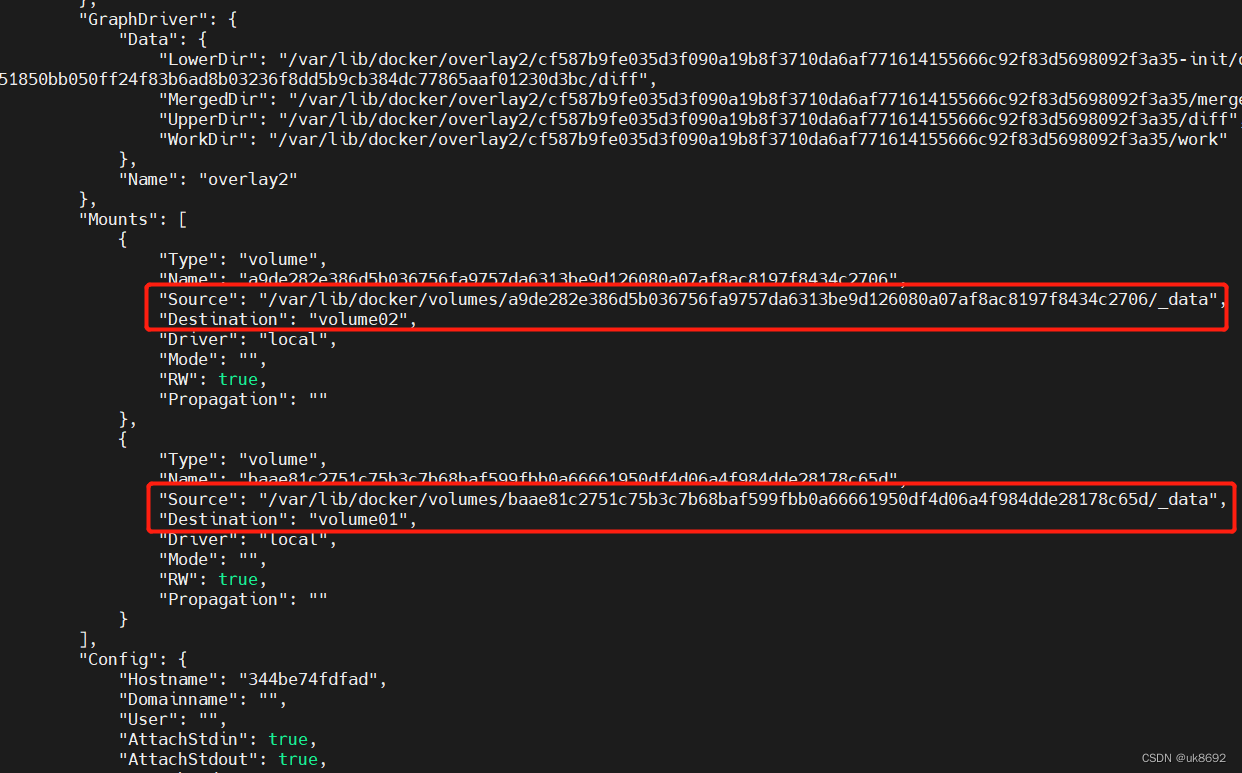目录
1.字符串的构造
2.字符串转换
2.1字符串与数值转换
2.2大小写转换
2.3字符串转数组
2.4格式化
3.字符串操作
3.1字符串比较
3.2字符串查找
3.3字符串替换
3.4字符串拆分
3.5字符串截取
3.6去除空格
4.字符串的不可变性
5.字符串修改
5.1StringBuffer的高效率
5.2 常用方法
6.小练习oj
1.字符串的构造

Ctrl 进入后我们看见String类是被final修饰的,说明不可以被继承;
后面的Comparable接口说明字符串支持比较大小。
public class Main {
public static void main(String[] args) {
String str1 = "hello";
String str2 = new String("hello");//同上
char[] arr = {'a','b','c','d'};//Java中没有“字符串以'\0'结尾”这一概念
String str3 = new String(arr);
System.out.println(str1);
System.out.println(str2);
System.out.println(str3);//abcd
String str4 = "";//str4指向的对象中没有任何数据
String str5 = null;//str5不指向任何对象
System.out.println(str4.isEmpty());//true
//System.out.println(str5.isEmpty());//空指针异常
System.out.println("hello".length());
}
}2.字符串转换
2.1字符串与数值转换
class Student {
public String name;
public int age;
public Student(String name, int age) {
this.name = name;
this.age = age;
}
@Override
public String toString() {
return "Student{" +
"name='" + name + '\'' +
", age=" + age +
'}';
}
}
public class Test {
public static void main(String[] args) {
//其他类型转字符串
String s1 = String.valueOf(12345);
String s2 = String.valueOf(true);
String s3 = String.valueOf(new Student("zhangsan",18));
System.out.println(s1);//12345
System.out.println(s2);//true
System.out.println(s3);//Student{name='zhangsan', age=18}
//字符串转数字
int data1 = Integer.valueOf("123");
int data2 = Integer.parseInt("456");
System.out.println(data1);//123
System.out.println(data2);//456
}
}2.2大小写转换
public class Test {
public static void main(String[] args) {
String s1 = "hello";
String s2 = "WORLD";
System.out.println(s1.toUpperCase());//小写转大写
System.out.println(s2.toLowerCase());//大写转小写
String ret1 = s1.toUpperCase();//两种方法都可以
String ret2 = s2.toLowerCase();
System.out.println(ret1);
System.out.println(ret2);
}
}2.3字符串转数组
import java.util.Arrays;
public class Test {
public static void main(String[] args) {
String str = "hello world";
char[] arr = str.toCharArray();
System.out.println(Arrays.toString(arr));//[h, e, l, l, o, , w, o, r, l, d]
}
}2.4格式化
public class Test {
public static void main(String[] args) {
String str = String.format("%d %d %d",2023,5,4);//类似于C语言
System.out.println(str);//2023 5 4
}
}3.字符串操作
3.1字符串比较
public class Main {
//1.比较相等
public static void main(String[] args) {
String str1 = new String("hello");
String str2 = new String("hello");
System.out.println(str1 == str2);//false---比较的是两个字符串的地址
System.out.println(str1.equals(str2));//true---String中重写了equals方法,比较的是内容
String str3 = "abc";//和上面不同,这里是直接赋值
String str4 = "abc";//str3和str4指向的是同一块内存
System.out.println(str3 == str4);//true---常量池的概念
}
//2.比较大小
public static void main1(String[] args) {
String str1 = "abcde";
String str2 = "abde";
System.out.println(str1.compareTo(str2));//-1
String str3 = "abcd";
String str4 = "abCd";
System.out.println(str3.compareTo(str4));//32
System.out.println(str3.compareToIgnoreCase(str4));//0---忽略大小写
}
}3.2字符串查找
| 方法 | 功能 |
|---|---|
| char charAt ( int index ) | 返回index位置上的字符,如果index为负数或越界,抛出IndexOutOfBoundsException异常 |
| int indexOf ( int ch ) | 返回ch第一次出现的位置,没有返回-1 |
| int indexOf ( int ch, int fromIndex ) | 从fromIndex位置开始找ch第一次出现的位置,没有返回-1 |
| int indexOf ( String str ) | 返回str第一次出现的位置,没有返回-1 |
| int indexOf ( String str, int fromIndex ) | 从fromIndex位置开始找str第一次出现的位置,没有返回-1 |
| int lastIndexOf ( int ch ) | 从后往前找,返回ch第一次出现的位置,没有返回-1 |
| int lastIndexOf ( int ch, int fromIndex ) | 从fromIndex位置开始,从后往前找ch第一次出现的位置,没有返回-1 |
| int lastIndexOf ( String str ) | 从后往前找,返回str第一次出现的位置,没有返回-1 |
| int lastIndexOf ( String str, int fromIndex ) | 从fromIndex位置开始,从后往前找str第一次出现的位置,没有返回-1 |
public class Test {
public static void main(String[] args) {
String str = "hello";
char ch = str.charAt(1);
System.out.println(ch);//e
System.out.println(str.indexOf('l'));//2
System.out.println(str.indexOf('l', 3));//3
System.out.println(str.indexOf("ll"));//2
System.out.println(str.indexOf("ll", 3));//-1
System.out.println(str.lastIndexOf('l'));//3
System.out.println(str.lastIndexOf('l',2));//2
System.out.println(str.lastIndexOf("ll"));//2
System.out.println(str.lastIndexOf("ll",1));//-1
}
}3.3字符串替换
public class Test {
public static void main(String[] args) {
String s1 = "abcdabvdabcd";
String ret1 = s1.replace('a','o');//替换单个字符
String ret2 = s1.replace("ab","oo");//替换所有字符
String ret3 = s1.replaceFirst("ab","oo");//替换第一次出现的字符
String ret4 = s1.replaceAll("ab","oo");//替换所有字符
System.out.println(ret1);//obcdobvdobcd
System.out.println(ret2);//oocdoovdoocd
System.out.println(ret3);//oocdabvdabcd
System.out.println(ret4);//oocdoovdoocd
}
}3.4字符串拆分
注意:正则表达式
1> 字符 ' | ',' * ',' . ',' + ' 都要加上' \\ ';
2> ' \ ' 就要写成 ' \\\\ ';
3> 如果一个字符串中有多个分隔符,用 ' | ' 作为连字符。
public class Test {
public static void main(String[] args) {
String str1 = "hello world I love coding";
String[] ret1 = str1.split(" ");//以空格分割
String[] ret2 = str1.split(" ",2);//限制分为两组,但不会均分
System.out.println(Arrays.toString(ret1));//[hello, world, I, love, coding]
System.out.println(Arrays.toString(ret2));//[hello, world I love coding]
String str2 = "2023.5.4";
String[] ret3 = str2.split("\\.");//注意!!
System.out.println(Arrays.toString(ret3));//[2023, 5, 4]
String str3 = "abc\\def\\ghi";
String[] ret4 = str3.split("\\\\");
System.out.println(Arrays.toString(ret4));//[abc, def, ghi]
String str4 = "abcd&1234*ABCD";
String[] ret5 = str4.split("&|\\*");
System.out.println(Arrays.toString(ret5));//[abcd, 1234, ABCD]
}
}3.5字符串截取
public class Test {
public static void main(String[] args) {
String str = "hello";
String ret1 = str.substring(1);
String ret2 = str.substring(1,3);//注意左闭右开[1,3)
System.out.println(ret1);//ello
System.out.println(ret2);//el
}
}3.6去除空格
public class Test {
public static void main(String[] args) {
String str = " hell o wor l d ";
String ret = str.trim();//去除左右空格,保留中间空格
System.out.println(ret);//hell o wor l d
}
}4.字符串的不可变性
Ctrl 进入后我们发现:
1> String类中的字符实际保存在内部维护的value字符数组中;
2> value被final修饰,表明value自身的值不能改变,即不能引用其他字符数组,但是其引用空间中的内容可以修改;
3> 所有对String的修改,都不是在原有的基础上改动,而是创建新对象,改变新对象。
String类为何设计成不可变的?(后续讲解)
1> 方便实现字符串对象池;
2> 不可变对象是线程安全的;
3> 不可变对象更方便缓存 hash code,作为key时可以更高效的保存到HashMap中。
public class Main {
public static void main(String[] args) {
final int[] arr = {1,2,3,4,5};
arr[0] = 10;//引用对象中的内容可以修改
System.out.println(Arrays.toString(arr));
//arr = new int[]{6,7,8,9};//该引用变量不能引用其他对象
}
}5.字符串修改
因为String类的不可变性,应尽量避免直接对String类对象进行修改,又因为所有的修改都会创建新的对象,效率十分低下。这时候就需要 StringBuilder 和 StringBuffer 出马了~
StringBuffer 和 StringBuilder大部分功能相似,区别:StingBuffer采用同步处理(同步:synchronized),属于线程安全操作;而StringBuilder未采用同步处理,属于线程不安全操作。
与String的区别:String的内容不可修改,这俩的内容可以修改。
以下均用StringBuffer 指代:
5.1StringBuffer的高效率
public class Main {
public static void main(String[] args) {
//创建临时变量
long start = System.currentTimeMillis();//获取时间戳
String s = "";
for(int i = 0; i < 10000; ++i) {
s += i;
}
long end = System.currentTimeMillis();
System.out.println(end - start);//222
//StringBuffer
start = System.currentTimeMillis();
StringBuffer sbf = new StringBuffer("");
for(int i = 0; i < 10000; ++i) {
sbf.append(i);
}
end = System.currentTimeMillis();
System.out.println(end - start);//0
//StringBuilder
start = System.currentTimeMillis();
StringBuilder sbd = new StringBuilder();
for(int i = 0; i < 10000; ++i) {
sbd.append(i);
}
end = System.currentTimeMillis();
System.out.println(end - start);//1
}
}222---1---0,1和0之间的差距可忽略不计。由此可见,这俩的效率可不是一般的高。
5.2 常用方法
| 方法 | 说明 |
|---|---|
| StringBuffer append ( String str ) | 在尾部追加,相当于 String 的+= |
| StringBuffer insert ( int offset, String str ) | 在 offset 位置插入 str |
| StringBuffer deleteCharAt ( int index ) | 删除 index 位置的字符 |
| StringBuffer delete ( int start, int end ) | 删除 [ start, end ) 区间内的字符 |
| StringBuffer replace ( int start, int end, String str ) | 将 [ start, end ) 位置的字符替换为str |
| StringBuffer reverse () | 反转字符串 |
| String toString () | 将所有字符按照 String 方式返回 |
public class Main {
public static void main(String[] args) {
StringBuffer stringBuffer = new StringBuffer("hello");
stringBuffer.insert(1,"abc");
System.out.println(stringBuffer);//habcello
stringBuffer.delete(1,3);//[1,3)
System.out.println(stringBuffer);//hcello
stringBuffer.reverse();
System.out.println(stringBuffer);//ollech
stringBuffer.append("world");
System.out.println(stringBuffer);//ollechworld
String str = stringBuffer.toString();//将所有字符按照String的方式返回
}
}6.小练习oj
字符串中的第一个唯一字符
字符串最后一个单词的长度
验证回文串
还有最后一个异常,JavaSE就结束啦!哦吼吼嘿嘿~~





![分布式事务 [面试]](https://img-blog.csdnimg.cn/img_convert/bf251045f2ee4ff65eb19e2884b14b82.jpeg)
